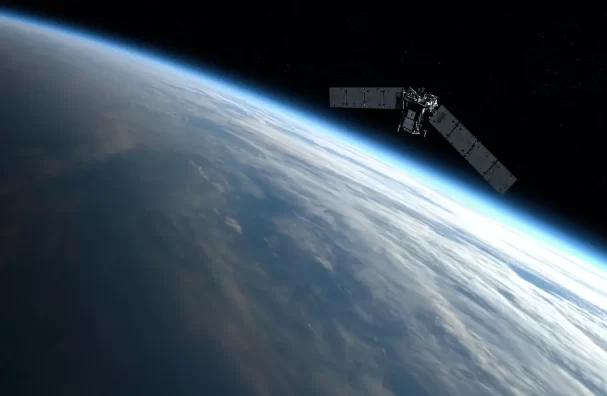
IMG SOURCE: Space.com
As the number of spacecraft orbiting Earth increases, so does the potential for catastrophic collisions. This potential danger came into focus when NASA’s TIMED spacecraft and a decommissioned Russian spy satellite, Cosmos 2221, had an unnervingly close encounter.
NASA’s TIMED spacecraft and the defunct Cosmos 2221 satellite came within a hair’s breadth of each other in orbit. The initial estimate suggested a distance of around 65 feet (20 meters) between the two. However, further analysis revealed a much scarier picture.
Space.com reported that the actual distance was a mere 33 feet (10 meters), according to NASA deputy administrator Pam Melroy.
The potential for catastrophe upon collision is immense. As Pam Melroy put it, “Had the two satellites collided, we would have seen significant debris generation — tiny shards traveling tens of thousands of miles an hour, waiting to puncture a hole in another spacecraft, potentially putting human lives at risk.”
The risk from space debris isn’t theoretical. In August 2021, a piece of space junk, likely a fragment from a Russian Zenit-2 rocket launched in 1996, struck the Chinese military satellite Yunhai 1-02.
Near-misses like the one involving TIMED and Cosmos 2221 are becoming more frequent as Earth’s orbit becomes more crowded. Currently, an estimated 11,500 satellites encircle Earth, with 9,000 of them being operational.
Space debris larger than 4 inches (10 cm) is estimated to number around 36,500 pieces. Furthermore, there are more than 130 million fragments larger than 1 millimeter in Earth’s orbit.
NASA has been at the forefront of efforts to address the space debris problem. It has implemented practices such as passivating rocket upper stages in orbit to reduce their explosive potential. However, NASA acknowledges that further action is needed.
To this end, the agency has developed an integrated “space sustainability strategy,” the first part of which was released on the same day as Melroy’s presentation.
